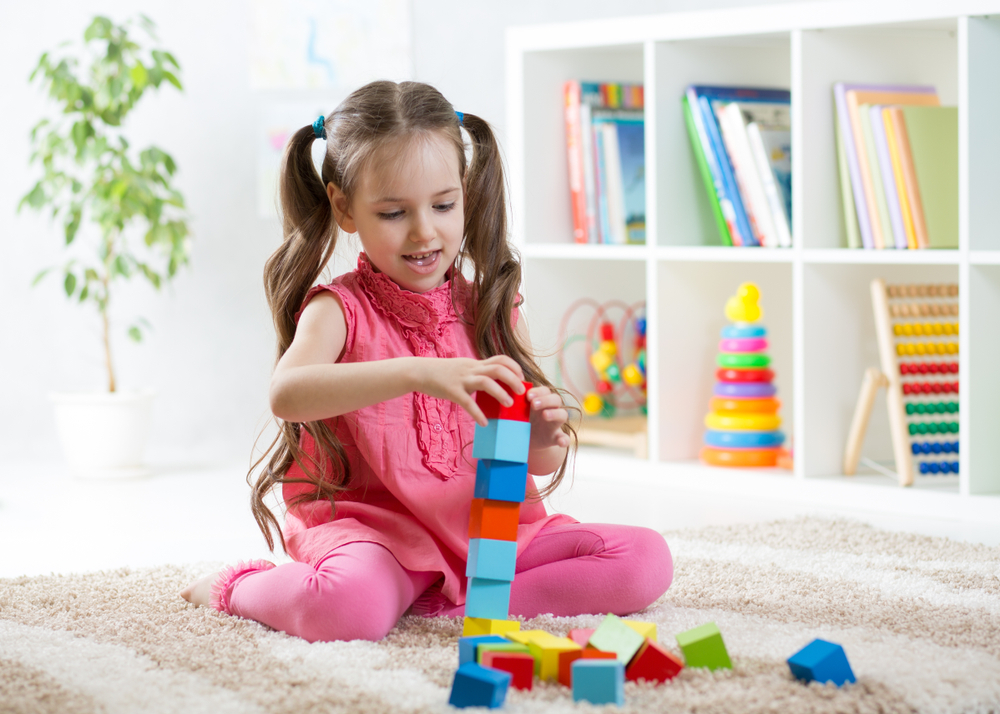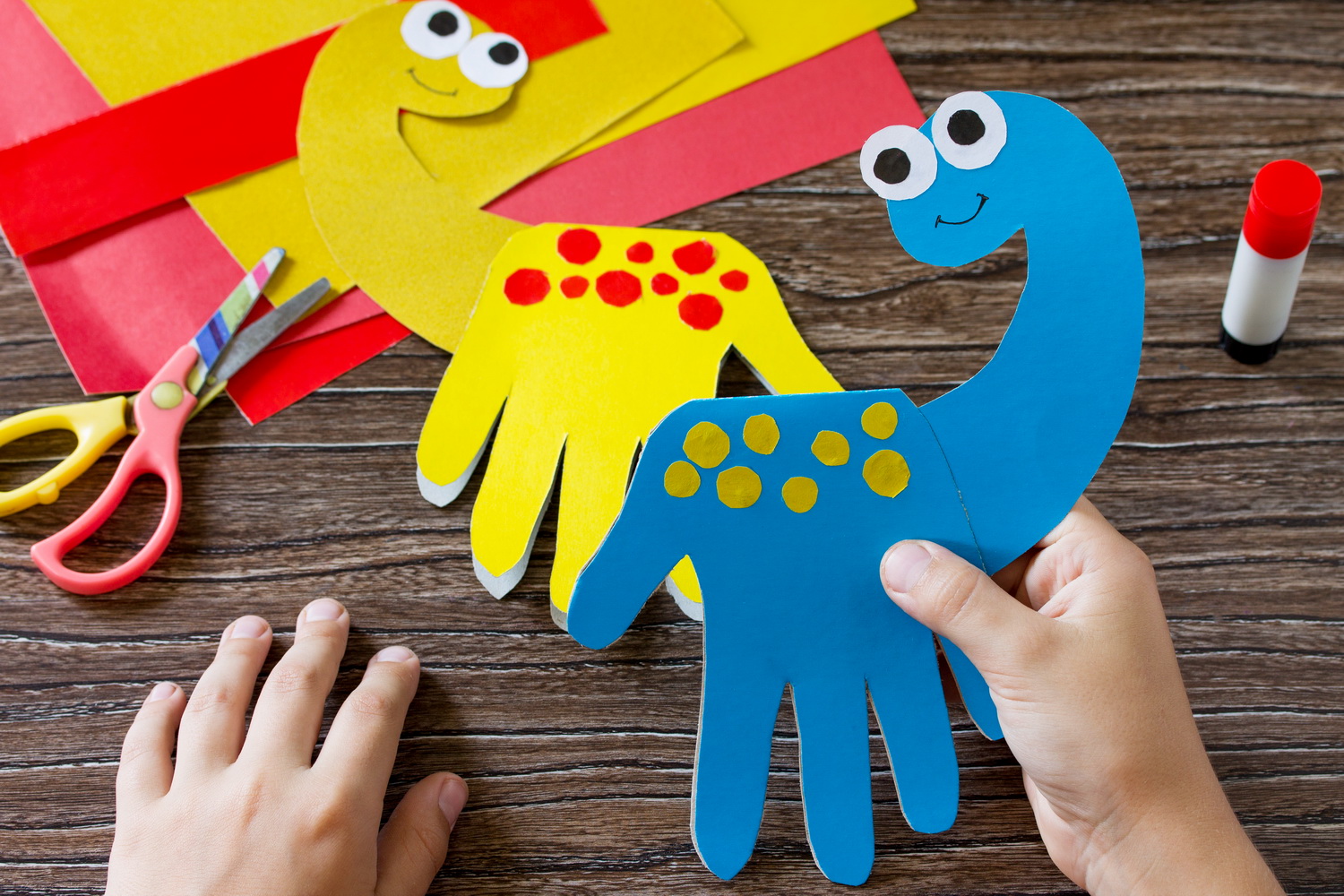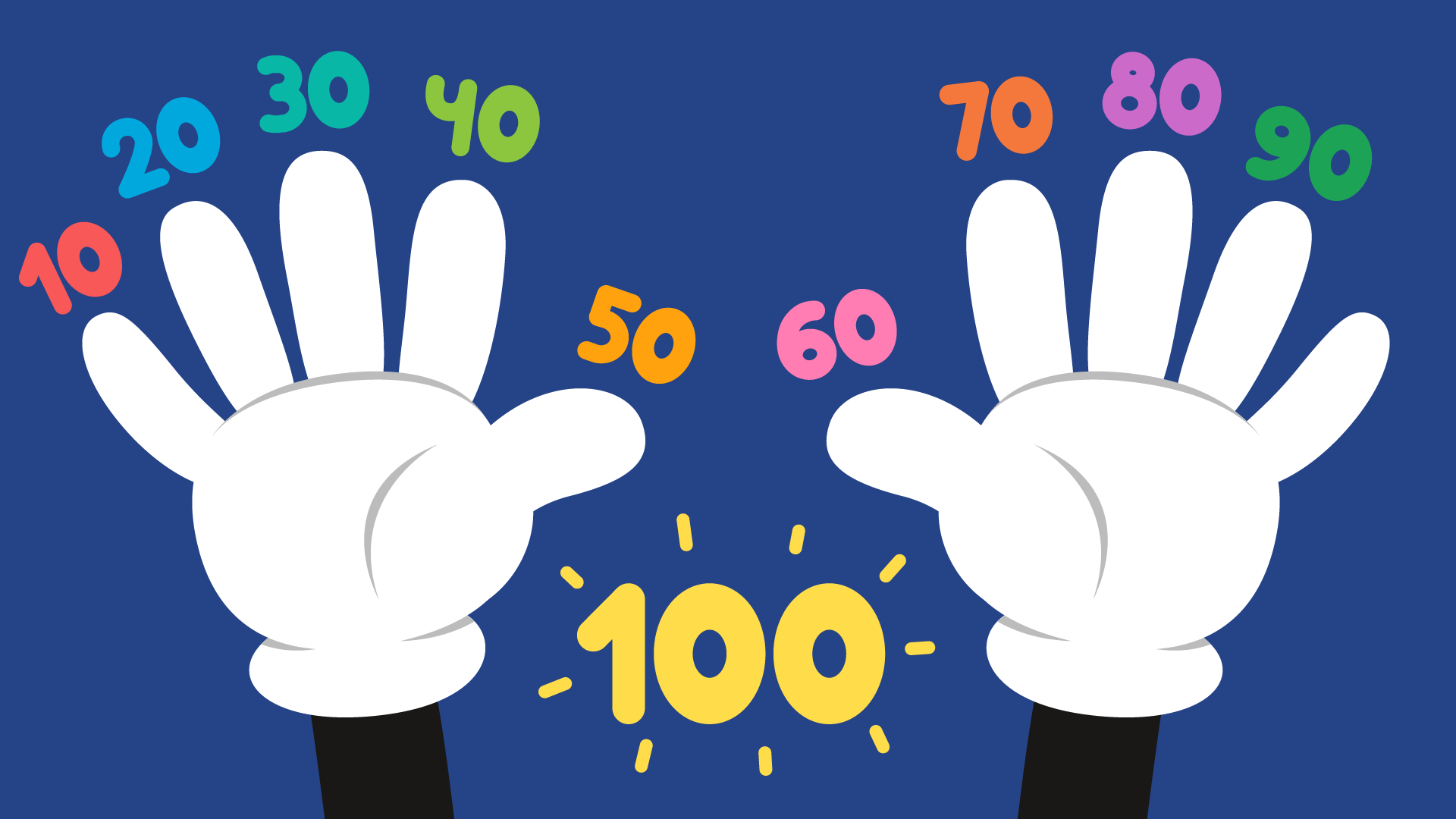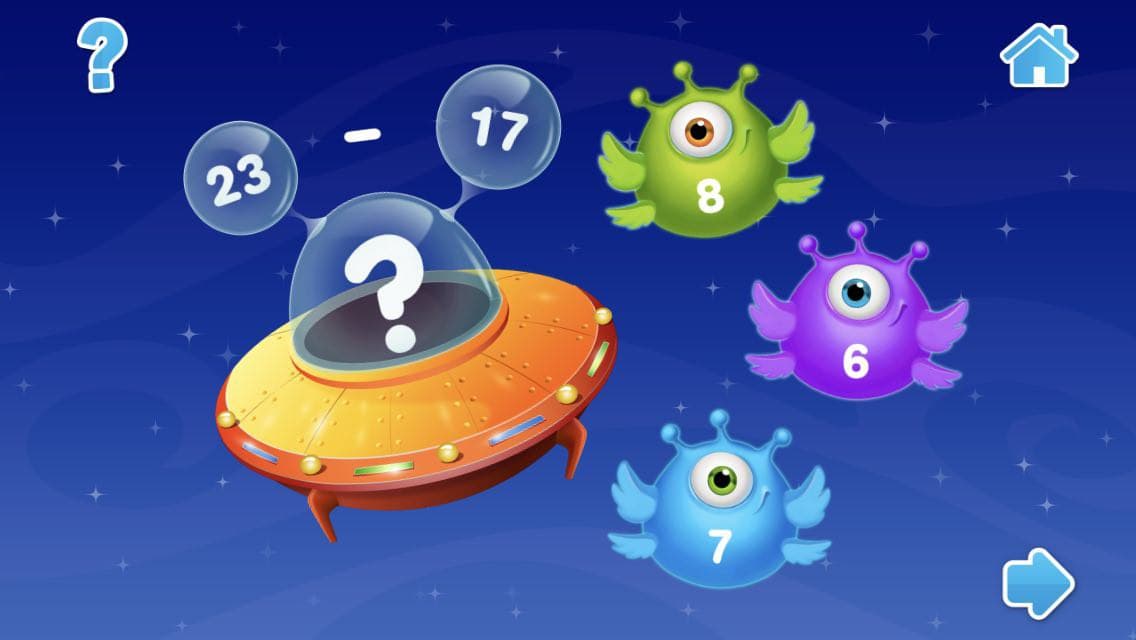Helping Your Dyslexic Child Learn and Maintain Reading Skills at Home
April 20, 2021
Children with dyslexia often have trouble learning new skills, particularly those with multiple or complex series of steps. To more effectively embed reading skills, use multi-sensory exercises to incorporate visual, auditory, kinesthetic, and tactile techniques.
Researchers agree that using a multitude of different materials, activities, and pedagogies when applying strategies for your child with dyslexia is the most beneficial. By combining multiple senses, these strategies will help strengthen the neural pathways that support multi-dimensional skills, such as memory and learning language structures. Remember that, to learn how to read, one does not necessarily need to be sitting down in a chair with a book open on your lap. Rhyming, writing, and other academic activities will support learning strategies for your child to use through reading difficulties.

Build Your Environment to Support Literacy
Make regular library visits a part of your weekly routine. It's critical for your child to see that other adults value reading and that libraries play an essential role in our communities. Teaching your child the early fundamentals of researching a topic is invaluable in preparing them for their higher education opportunities.
Use sticky notes to label objects and furniture in your home. Seeing a visual representation of common words on a regular basis will help children recall them later. Identifying windows, the refrigerator, organized toy boxes, and doors are some initial ideas. It makes no difference whether the words are long or above the reading level of your child. What's essential is the repeated exposure. To expose your child to even more words, try putting the closed captioning on when watching their favorite movie. Familiarity with the movie’s verbal script paired with the word's visual representation lets your child see how a word or sentence is put together by sight and sound.
Make reading a visual experience by discussing how the book is put together. Make a note of where you begin reading the words on the page. Make a note of the author's name and, if applicable, the illustrator's name. As you read, use your finger to highlight the words and read slowly to emphasize each sound.
When reading words, isolate individual phonemes, noting whether the sound occurs at the start, middle, or end of the word. CVC words are the most effective way to help your child learn to read. The CVC words you should be working with should not be ambiguous or break standard rules. “Cat,” “mom,” “dad,” “bed,” and so on are some excellent CVC words to start with.
Talk about word families in simple words: such as “-ab” or “-in” word endings. Ask your child to look at an alphabet chart and “place” a new letter at the beginning of a word. In this case, "cab" will become "dab," then "fab," and so on. If they're having trouble doing it in their heads, write each letter on an index card and arrange them on a table so that removing a letter from a word is as easy as sliding a new one into place.
Experiment with rhyming, pointing out any words that seem to be close to rhyming but do not. Once they've mastered the simple rhymes, touch on similar sound words and their differences. Why doesn't "fan" rhyme with "bag," "tag," or "rag," despite the fact that they all have the same vowel? Why is it that "wish" rhymes with "fish," but "win" does not?
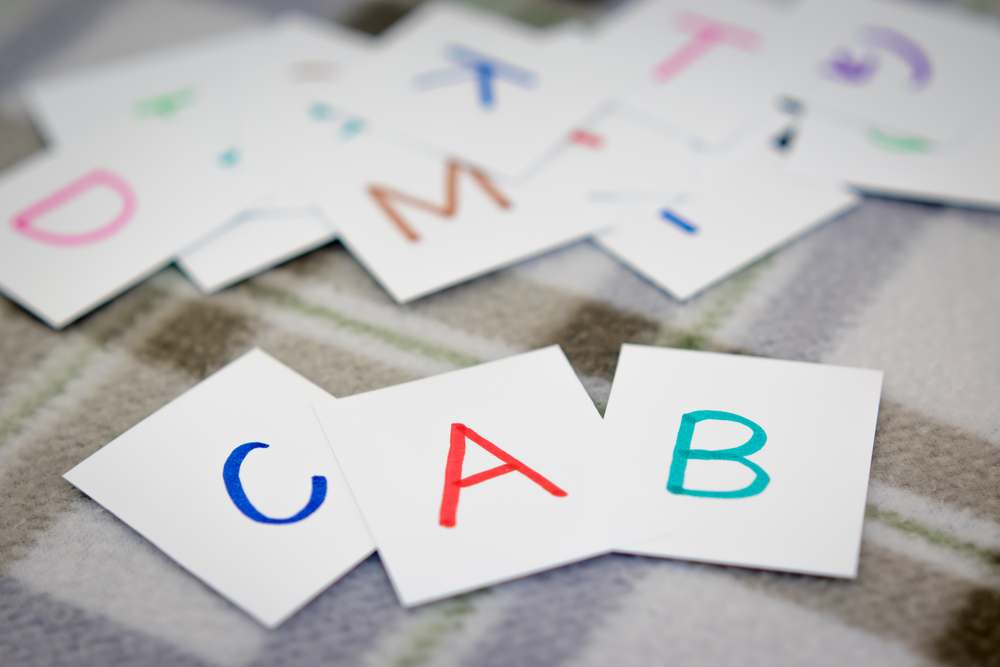
Multi-sensory Activities and Free Literacy Games to Play with Your Child
- Make individual letters out of flashcards and attempt to make words out of them. Stacking blocks with letters written on them (like building blocks) or forming molding clay into letters may also be used to create sentences. Use a variety of products. Cut out letters from magazines to construct a word or a sentence or use magnetic letters to make silly phrases. Try writing words in the air with your fingers. Write words in sand, shaving cream, or a tray of rice. Try forming your bodies into the letters that construct letters in their name.
- Make up a scavenger hunt based on letters or words. “Find the letter that has 2 humps,” or “I am thinking of a word that rhymes with mop, but does not start with ‘b’,” are some examples for clues.
- Make sure to start your games by using simple CVC words. CVC words have a consonant at the beginning, a vowel in the middle, and a consonant at the end. Hide sticky notes with short CVC (consonant, vowel, consonant) words (cat, mop, pet, etc.) on them in the building, and then challenge them to find a specific word. Similarly, for a higher level, give your child a short list of words with a missing letter, along with a small drawing. Then ask them to locate or fill in the letters that are missing. For example, the list may have a word written like “B__T” with a picture of a bat next to the word. If the child sees the bat's image, they should be looking for an “A” hiding somewhere in your home.
- Play "I Spy," a classic game. The uniqueness of this game is that it can be played almost anywhere and requires very little preparation. It's also something you can do in the car on the way to school or while running errands. An example could be “I Spy something that starts with a /p/ sound,” or “I Spy something that starts with M,” and even “I Spy something that rhymes with ‘go.’”
- Use flashcards (but not in the traditional way!) Create physical games out of writing words or letters on paper, and do “Simon Says.” “Simon says, step on the letter that starts the word, ‘cat,’” or, “Simon says, jump on the letter that says, ‘mmmm,’” and, “Simon says, hop three times on the word that rhymes with ‘sad.’”
- Make a game where you think of a silly sentence or a phrase. Write each word of the sentence on a separate index card and then arrange the words in the sentence's correct order. Then, add some extra nouns, and start switching some words! Alternatively, you might maintain the sentence's structure but alter the subjects. Mad Libs, which are short stories with specific words left out so the reader can fill in the blanks with their own, are entertaining and give your child a sense of control. You can find Mad Libs or other brand printables on various websites. You can also use this activity to educate children about the different parts of speech.
- Choose songs like "The Name Game" or "Apples and Bananas" that encourage you to experiment with switching phonemes. Similarly, alter the lyrics of songs you know and discuss how the letter change affects the context, such as changing "Farmer in the Dell" to "Farmer in the Bell." This silly alternative will almost always make your child laugh. Humor is an excellent way to embed information in the mind for later recall.
When reading or writing, keep visual aids in mind. These could be engaging alphabet posters with clear pictures representing which types of words begin with specific sounds. There are rhymes or songs you can use to help your child remember the rules when writing: such as for forming the letter “a,” you could say “magic ‘c’ over, around up and down,” and "When you see a silent "e," the vowel says its name."
- Segment the words by separating the individual sounds and emphasizing those word blends while reading to your child. The word “dog” can be stretched out to “/d/” “/o/” “/g/,” and say each sound slowly together. Play a game in which they must "say it fast" after separating each tone. “You got it! /d/ /o/ /g/.” Another way to stretch out the sounds in a word is to have them clap each time they hear a new sound when segmenting the word. As a result, there should be three claps for the word "dog," one for each phoneme. Then see if they can reassemble the three sounds. “Are you able to say it slowly?” Let's say it fast now! Ready? “Dog!” You’re your child has mastered segmenting, you can begin to blend sounds together. If they are stuck or struggling to put the sounds back together, you could use a toy car on a paper road to practice this skill. On a piece of paper, draw a small road from the bottom to the top. Write the first letter on the bottom and move up to the top, so the last letter is at the top of the paper or end of the “road.” Have them take a toy car and race it from the first letter to the last, saying the sounds along the way. They have the option to slow down or speed up as they choose.
Find new and exciting ways to talk about phonemes, vocabulary, and word patterns to help students connect their learning. Don’t limit games, songs, and conversations for the dinner table but also during free time. Rehearsing literacy skills can be done in the park, in the car, or even by showing off plenty of new skills to grandma and grandpa. Some easy, no-prep questions to ask them include: “What are some words that begin with sssss?” or "Can you think of any words that rhyme with 'map'?"
For the most part, reading is a journey, not a destination. These abilities are honed over many years. Often, children with difficulty reading become embarrassed at school, which can lead to low self-esteem and a lack of motivation to keep trying. When you see your child being agitated or frazzled, ease up on the pressure. Return the next day or at a more tranquil time. If things aren't going well, don't express your frustration; this will only add to their negative feelings about reading and literacy in general. You can promote positive feelings while reading by keeping it short, light, and positive.
About the author
United States, CA, Felton
Links and references
- Gillingham, O., & Learning, M. (2021). Multisensory Learning and Teaching for Dyslexic Students. Dyslexia Reading Well. Retrieved 4 March 2021, from https://www.dyslexia-reading-well.com/multisensory-learning.html.
- Kurnoff, S. (2000). The Human Side of Dyslexia. London Universal Publishing.
- Multisensory Structured Language Teaching Fact Sheet - International Dyslexia Association. International Dyslexia Association. (2021). Retrieved 4 March 2021.
- Multisensory Teaching Strategies in the Classroom: Part One - The Literacy Nest. The Literacy Nest. (2021). Retrieved 4 March 2021, from https://www.theliteracynest.com/2018/06/multisensory-teaching-strategies-in-the-classroom-part-one.html.
- Nosek, K. (1995). The Dyslexic Scholar. Taylor Publishing.
- Richek, M. (2002). Reading Problems: Assessment and Teaching Strategies. Allyn and Bacon.





